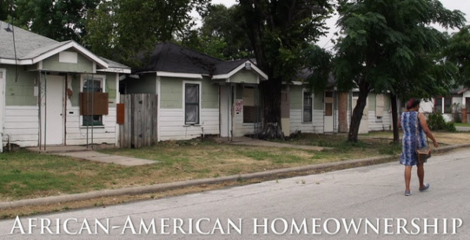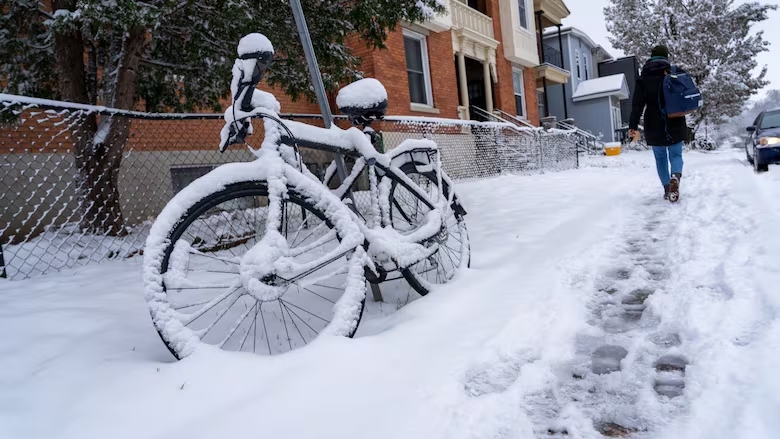Photos: YouTube
Rising housing costs have made housing largely inaccessible and unaffordable to most Americans, but have acutely impacted communities of color and low- to moderate-income families over the past several decades. The median asking rent in the United States rose above $2,000 for the first time in June 2022. Given that the U.S. Department of Housing and Urban Development (HUD) sets the standard of affordability at 30% of household income, $2,000 per month would only be “affordable” for households earning at least $80,000 per year—well above the median U.S. household income ($67,521).

A growing housing supply shortage is a key contributor to the housing affordability crisis. Following the Great Recession, the share of homes being built fell significantly, causing buyer demand to exceed housing production. In fact, fewer new homes were built in the decade following the Great Recession than in any decade since the 1960s. This deficit has now expanded even further, contributing to a shortfall of over 3 million homes and growing.
Some of the leading factors responsible for the housing shortage are land availability and exclusionary zoning laws, which restrict the kinds of homes that can be put in certain neighborhoods—maintaining segregation. Examples of exclusionary zoning laws include minimum lot and square footage requirements, limits on the height of buildings, and restrictions on building multi-family homes.
These laws have historically sought to exclude lower-income residents from living in more affluent suburban developments with access to high-performing schools, employment, and other amenities. In the early decades of the 20th century, these laws were also used as a vehicle for explicit racial discrimination excluding Black residents from predominantly white neighborhoods.
Today, the legacy of these laws remains in place and has had far-reaching consequences for all families trying to secure housing. Despite the Fair Housing Act prohibiting discrimination based on race, color, national origin, religion, sex, and other identities, the law does not prohibit class-based discrimination. This allows a legal loophole where people earning low incomes can be restricted to certain neighborhoods and excluded from living in more affluent areas with broader investment and economic opportunity.
Given that Black and Latinx families have far less wealth and income than white households, on average, these exclusionary zoning laws are often used to intentionally drive people of color out of certain communities and keep neighborhoods more uniformly white. The pattern of this discriminatory practice over time has exacerbated many racial economic disparities we see today and also takes root in the current housing unaffordability crisis. Read more.








